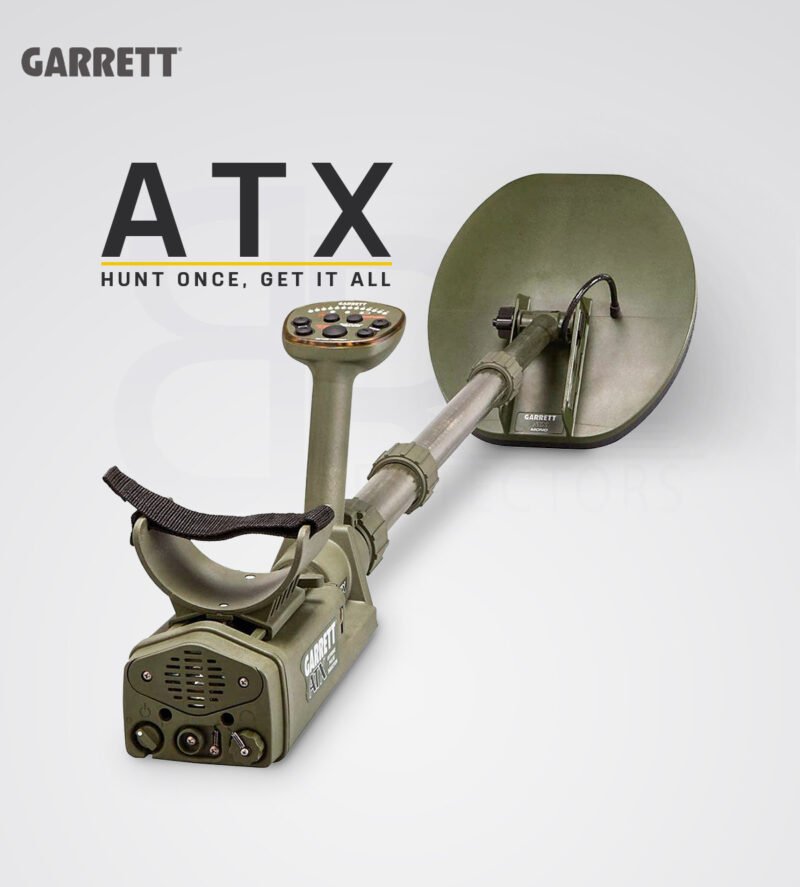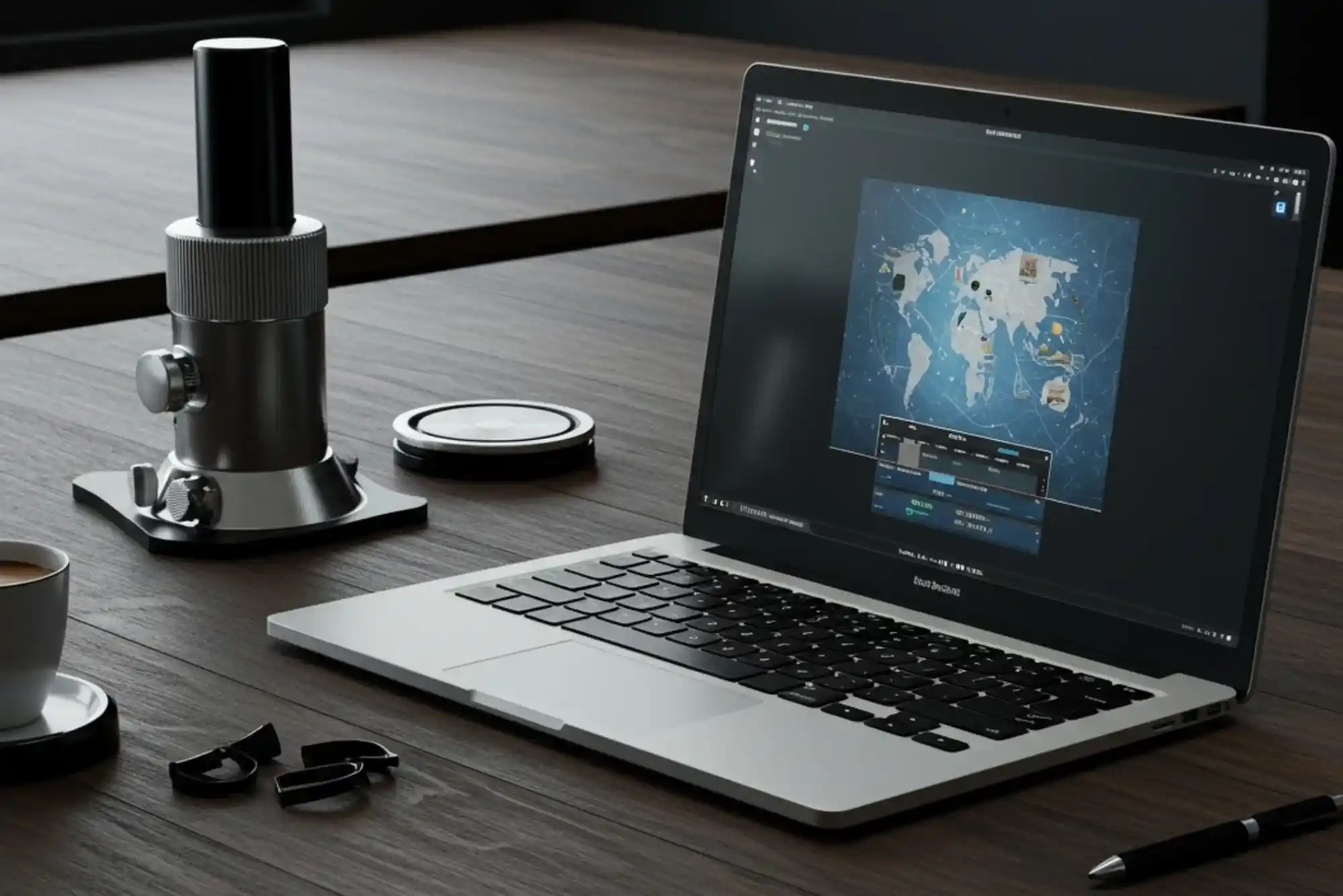Gold prospecting has always relied on the right equipment, and modern technology has pushed the boundaries of what is possible. Among the different technologies used in detectors, Very Low Frequency (VLF) machines are among the most popular. They are known for their precision in identifying small nuggets and offering flexibility in a variety of terrains. But how accurate is a VLF detector when it comes to depth detection? That’s a question many new and experienced prospectors ask before choosing their next machine.
In this article, I’ll share insights from real-world use, explain how VLF technology works, and discuss its depth accuracy compared to other detector types. We’ll also look at one of the most advanced machines, the Garrett ATX, to understand where VLF technology stands in today’s gold-hunting market.
Understanding VLF Technology
A vlf gold detector operates by transmitting a continuous low-frequency signal into the ground and then analyzing how the signal is altered when it strikes a metallic object. This principle allows the detector to differentiate between various types of metals and provide clear audio or digital feedback to the user.
When it comes to depth, VLF detectors have limitations compared to pulse induction machines. They excel at detecting small gold particles close to the surface, often within 6–12 inches depending on soil conditions, coil size, and frequency settings. Their accuracy at these shallower depths makes them a favorite for prospectors searching for fine gold in mineralized soils or stream beds.
The Role of the Garrett ATX
While VLF detectors dominate certain areas of gold hunting, hybrid and pulse-induction machines like the Garrett ATX bring another layer of performance to the field. The Garrett ATX is designed to handle extreme conditions, including heavily mineralized ground and saltwater environments, where traditional VLF detectors may struggle.
What makes it relevant in the discussion of VLF accuracy is the contrast it provides. While VLF detectors are precise in shallow and fine-gold scenarios, the Garrett ATX shows how specialized equipment can push detection depths much further. This balance illustrates why many professional prospectors choose to own both types of machines—one for small nuggets close to the surface and one for deeper or more challenging ground.
How Depth Accuracy Is Determined
Depth accuracy in VLF detectors is influenced by several factors. Soil mineralization is one of the biggest challenges. Highly mineralized ground can distort signals and reduce a detector’s depth capability. Ground balancing features, which are standard in higher-end VLF detectors, help mitigate this problem by adjusting the detector’s response to the soil’s natural minerals.
Another factor is coil size. Larger coils can penetrate deeper into the soil but may lose sensitivity to smaller nuggets. Smaller coils, on the other hand, are more accurate for shallow, tiny gold pieces. Prospectors often switch coils depending on the conditions of the site.
Frequency also plays a major role. Higher frequencies (30–70 kHz) are excellent for detecting tiny nuggets, but they sacrifice depth. Lower frequencies penetrate deeper but are less sensitive to small particles. VLF detectors typically strike a balance, offering adjustable frequencies for versatility.
Comparing VLF Accuracy to Pulse Induction
When it comes to depth, pulse induction (PI) detectors have a clear advantage. They are capable of detecting larger objects at depths exceeding several feet, even in mineralized soil. However, they often lack the fine sensitivity to very small gold that VLF detectors are known for.
This creates a trade-off: VLF detectors are more accurate for shallow-depth hunting of small nuggets, while PI detectors are superior for large, deeper targets. For prospectors focused on surface-level gold fields, the accuracy of a VLF detector is often all they need. But for those targeting deeper veins or working in hot soils, PI technology becomes more valuable.
Practical Insights from Prospecting
In real-world use, the accuracy of a VLF detector is impressive within its intended range. Prospectors often report finding small nuggets in stream beds, shallow dig sites, and areas where gold has eroded close to the surface. Their lightweight design and affordability make them the go-to choice for hobbyists and beginners.
However, serious prospectors quickly learn that conditions dictate success. In heavily mineralized regions, VLF accuracy drops unless the detector includes advanced ground balance. That’s why choosing a machine with multiple balance modes, adjustable sensitivity, and coil options is essential. With the right setup, VLF detectors remain highly accurate tools within their designed limitations.
Balancing Expectations
The key to using a VLF detector successfully is understanding its role. It is not the deepest-reaching technology, but it is one of the most precise at identifying small nuggets near the surface. This makes it an excellent tool for early-stage exploration or in regions where fine gold is common.
Machines like the Garrett ATX demonstrate that no single detector can do it all. Instead, prospectors build a toolkit: a VLF gold detector for shallow accuracy and a PI detector for deeper exploration. Recognizing these strengths ensures you get the most from your equipment and avoid frustration when chasing unrealistic expectations.
Conclusion
VLF gold detectors remain highly accurate within their depth range, especially for small nuggets in shallow soil or stream environments. Their precision, affordability, and versatility make them a cornerstone of modern gold prospecting. While pulse induction detectors outperform them in depth, the accuracy of VLF machines at surface levels ensures they remain a vital tool for anyone serious about gold hunting.
By understanding how soil conditions, coil size, and frequency affect depth detection, you can maximize your success. Whether you’re just starting out or looking to refine your toolkit, a VLF detector offers proven reliability when used in the right context.








